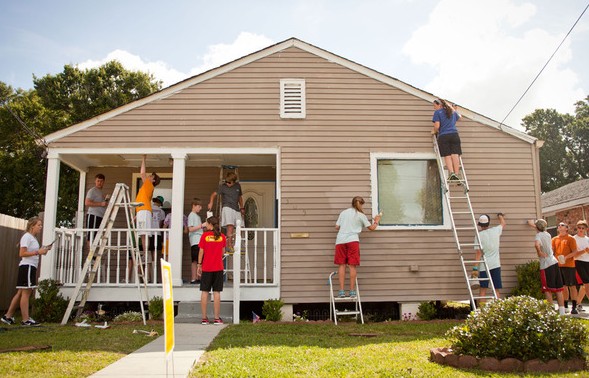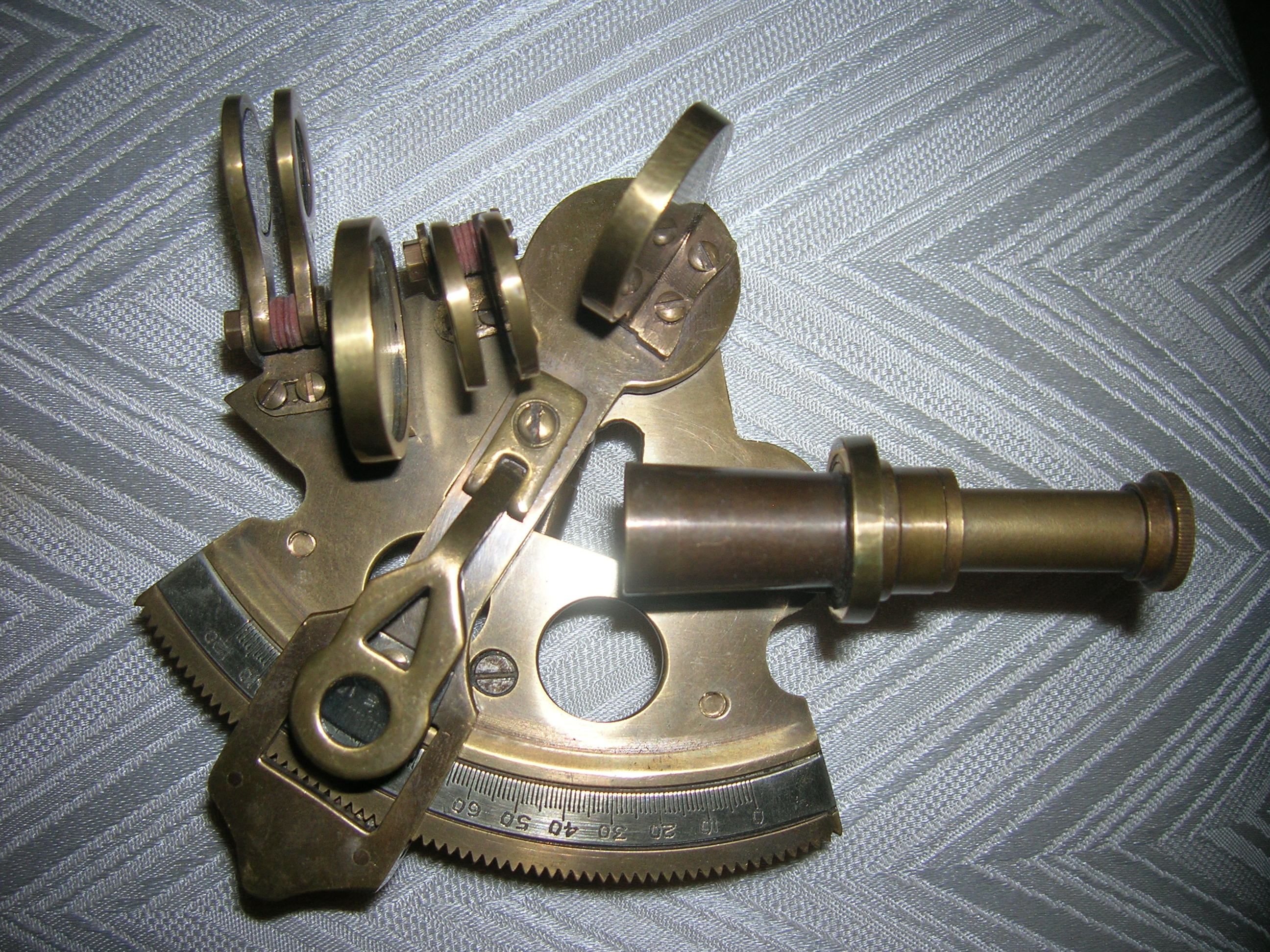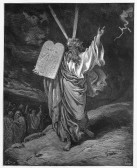 Checking out the fishing action roadside from the motor home.
Checking out the fishing action roadside from the motor home.
After a successful career and then retirement, is there another ladder to climb for volunteering?
The answer is, only if you want to climb that ladder. Volunteering at any age is worthy and even brings health benefits. See my other posts on the subject of health, positivity, connectivity, and ways to broaden one’s mind, using meditation. However, health aside volunteering has many other benefits for both sides of the volunteer equation which in these days of declining services and opportunities are more in need than every before.
AARP, the largest and probably the most recognized of the retirement age advocacy groups in the United States also provides several paths and steps for those who want to volunteer. This group is well organized and very focused on the welfare of the retired membership.
http://www.aarp.org/giving-back/
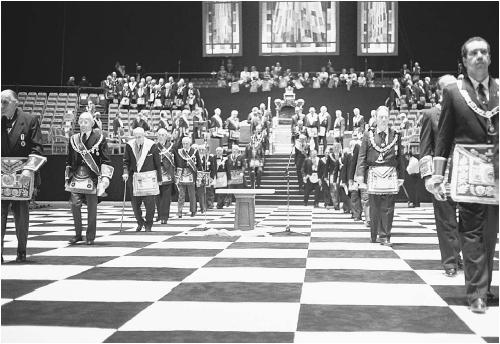
Freemasons, the largest and oldest fraternal organization in the world are another group where men of all ages are welcome to join and where volunteering is highly encouraged. Freemasons only accept men who believe in a supreme being, are of legal age, free of criminal past, well respected in the community, and who are willing to pass through the three degrees of initiation. Most men who join the Masons have been volunteers for many years in their churches or other well known groups. Masons have a ladder of success in the form of the progression for the governing of the lodge as well, though many members never care to engage in that part of the Masonic experience.
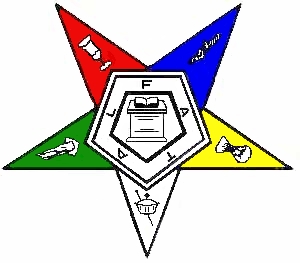
Another group who allow both men and women and is associated with Freemasonry would be the Eastern Star. This group’s purpose is to provide membership association as well as charitable work for its focus. They operate independently from the Freemasons, with the only requirement that a belief in a supreme being and a focus on Christianity through the story of the star of Bethlehem.

Another group of Freemasonry related members are the Shriners. One group is men only and one group is ladies only. Today the requirement to join the Shiriners is for the men to be a Mason in good standing. For the ladies, being related to a Mason in good standing is required, along with the usual belief for both groups that you believe in a supreme being and be of good character. Both groups volunteer extensively for charities as well as provide funds for their respective area Shriner’s Crippled and Burn Hospitals. Many retirement age ladies and men have been in these two groups for years but with retirement they fully engage their time and effort for the good causes these groups support, volunteering in ways too numerous to cover.
http://www.shrinersinternational.org/Shriners.aspx
http://www.shrinersinternational.org/en/Shriners/Organization/NewFirstLady.aspx
Habitat for Humanity is another group with many opportunities for retired volunteers. They are faith based but help those in need regardless of their religious affiliation or other characteristics. The help ranges from pure labor to organizational type positions and everything in between for most of the local groups, along with fund raising or donation solicitations.
http://www.habitat.org/where-we-build
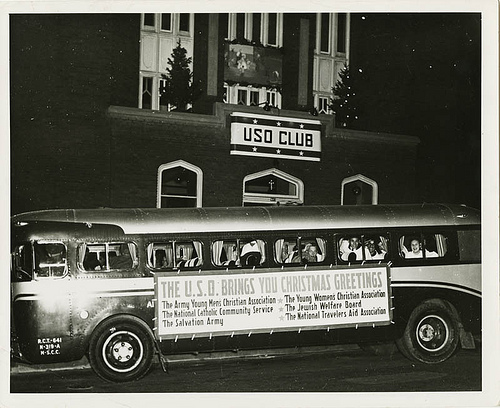 USO, December 1941
USO, December 1941
Another group with opportunities for retired volunteers is the many veterans groups, not all of which require prior service to become involved. The USO is one of these groups that doesn’t require prior service for volunteering.
http://www.uso.org/ways-to-volunteer.aspx
For prior service members, the American Legion and the Veterans of Foreign Wars offer many outstanding opportunities for volunteering wither retired or not.
http://www.legion.org/volunteers
http://www.vfw.org/Community/Get-Involved/
One more is the Disabled American Veterans, which runs collection centers where the proceeds go to helping disabled veterans.
http://www.dav.org/volunteers/Opportunities.aspx?gclid=CJPdg5y_-LcCFVMV7AodDUsAlQ
A different focus for helping children is the Senior Corps. This aligns people 55 and older with youth in need of mentoring and other services.
http://www.nationalservice.gov/programs/senior-corps
Many local opportunities for youth engagement can be found at schools too, with after school programs for tutoring or coaching opportunities.
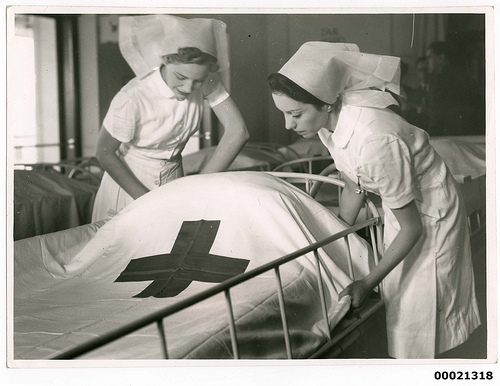
The American Red Cross is another group that has well thought out programs aimed at those over 50 who can focus specialties on disaster relief when needed. Go to their website for the details.
This short and very incomplete list of volunteer friendly groups for older citizens is reflective of not only the need for elderly involvement but the abundant benefits gained by both the volunteers and those on the receiving end.
Life’s steps as we age provides many ladders for us to climb and then move onto another portion of our life experience, one where retirement age eventually makes all of us cross the age of elibibility for AARP, which is technically 50 but most of the groups providing services for AARP don’t activate their participation until 55.
The opportunities to volunteer through faith based groups abounds, secular groups who don’t specialize in spreading the mostly Christian message but simply help whoever, where ever the needs is found, and even those who are very focused on helping one select group in need such as Special Olympics.
http://www.specialolympics.org/volunteers.aspx
Many of the posts I have provided here on this site already detail the health benefits of networking, social connectivity, positivity, and how face-to-face interactions rather than internet networking can provide enormous life prolonging human benefits to the volunteer.
These attributes associated with volunteering should be included in the retirement planning of every able bodied retired volunteer who wants to enrich their life.
With the potential for many soon to retire Americans seeing their wealth reduced in the last few years this is one area where a fixed income volunteer can still reap the rewards of a vital life without impacting their monthly budget.





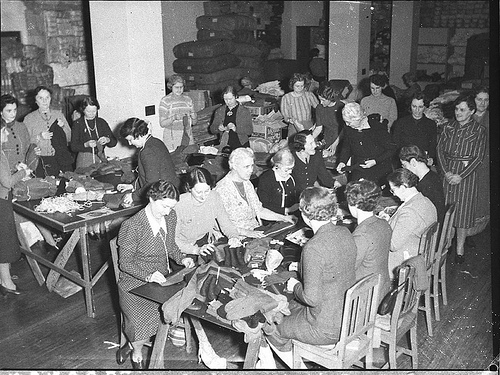

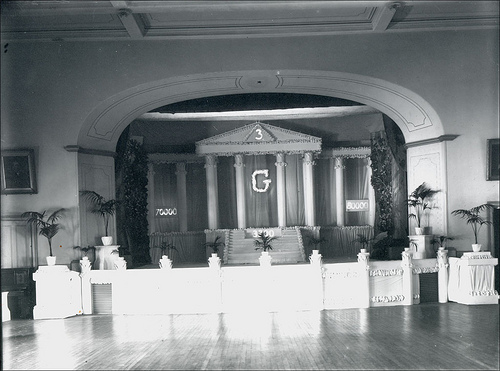
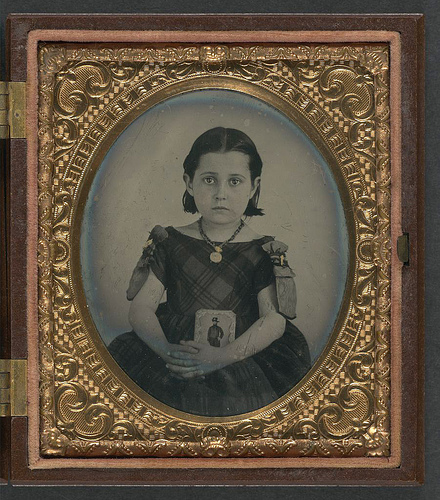
 This photo reflects the tension that was still present in families after the civil war!
This photo reflects the tension that was still present in families after the civil war!

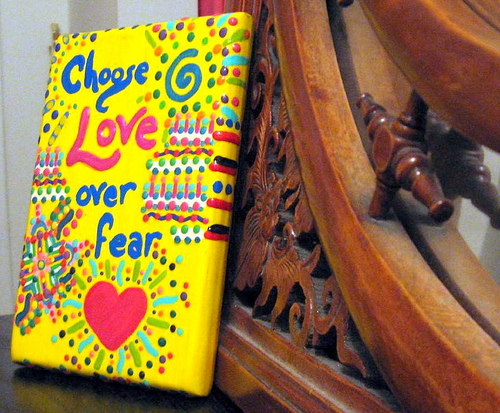
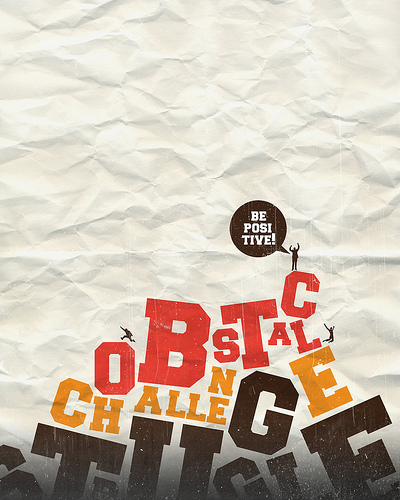
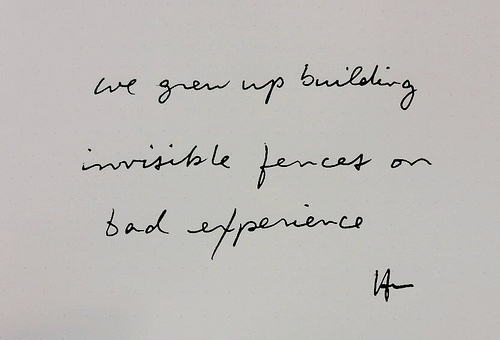

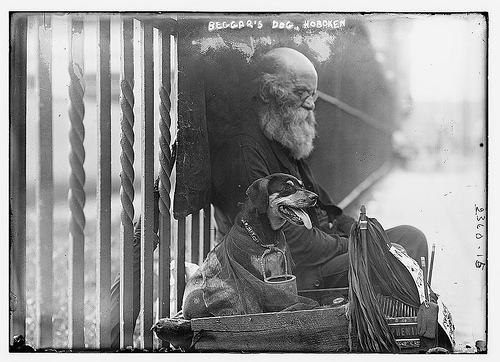


 Scott Beale / Laughing Squid” with credit to
Scott Beale / Laughing Squid” with credit to 



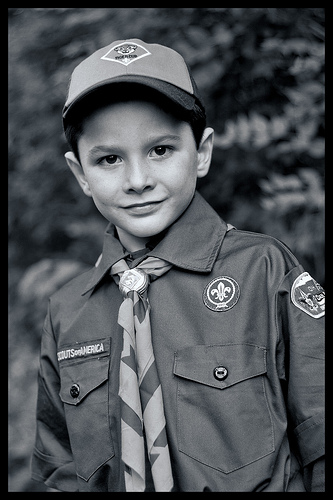
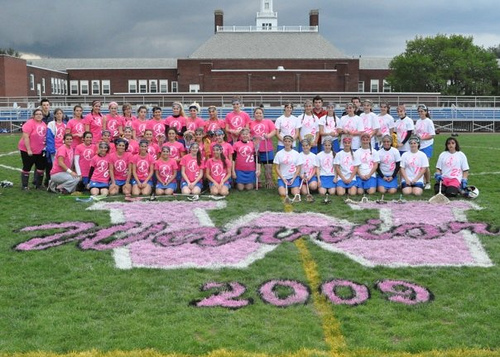

 ’
’